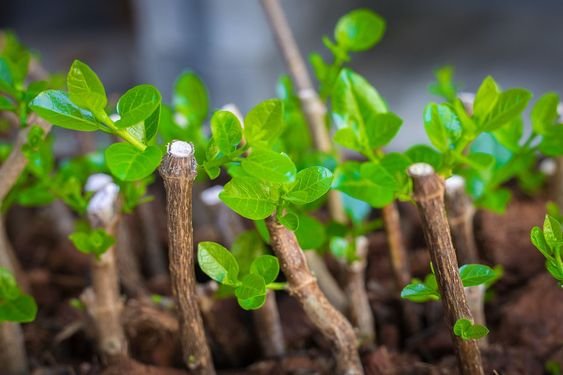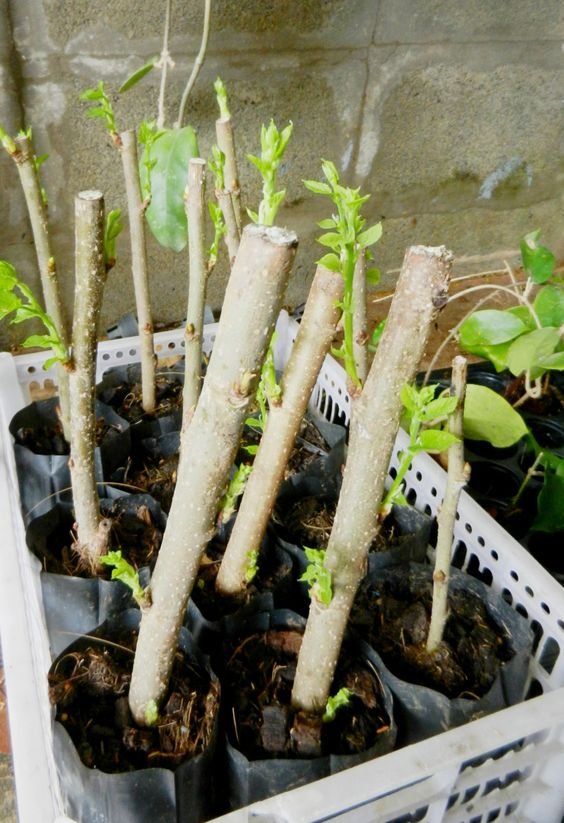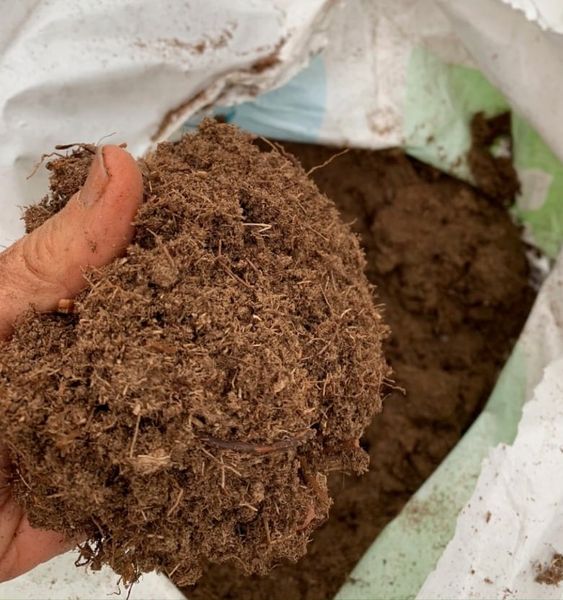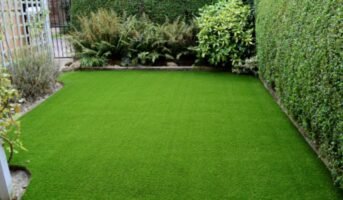In recent years, millennials and Gen Z have led the charge for reviving houseplant trends all around the world. Open up social media, and you’ll come across a barrage of hashtags like #plantsmakepeoplehappy, #plantsofinstagram, #nature, #urbanjungle etc.
It’s safe to say plants are the in-thing.

Source: Pinterest
Now, if you thought that all that mood setting and décor arrangements happen only if you paid and bought plants from nurseries or online plant services, think again. It isn’t viable for normal folks who have infinite other needs with their hard-earned money, to splurge all out on plants.
This brings us to the magic of indefinite plant multiplication through a process called propagation.
See also: Jade plants benefits and how to take care of them
Rooting media: What is propagation?
Propagation is simply the process of birthing new plants from existing plants.
Propagation, or more specifically, asexual propagation, uses growing parts of a plant to create a new “cloned” version of the plant. These could be any parts- stems, offshoots, leaves etc.
While there are 5 different methods to go about, namely -cutting, layering, grafting, division and budding, each with its advantages, this article is about cutting techniques, more specifically hardwood cutting.
Rooting media: What are the different types of plant cuttings for propagation?
Plant cuttings are classified into four types, with stem cuttings further subdivided into four more.
1) Stem cuttings
- a) Hardwood cutting
- b) Semi-hardwood cutting
- c) Softwood cutting
- d) Herbaceous cutting
2) Root cutting
3) Leaf cutting
4) Leaf bud cutting
Let’s focus and learn about rooting media used in the hardwood cutting for the same.
Rooting media: What is hardwood cutting?
These are stem cuttings that do not have any leaves on them and are relatively easier than the other types of cutting. The cuttings are taken from deciduous trees and plants (one that sheds its leaves in winter) when they’re in dormancy, which is the period when they don’t have any leaves on them. Also, they won’t bend, unlike softwood cuttings.
The cutting can be anywhere from 10-45 cm long and 0.5-2.5 cm in diameter. An easy way to remember would be to imagine a long ruler (which is 30cm) having the thickness of a pencil!

Source: Pinterest
Plants like pomegranate, plum, olive, kiwi, hazelnut, mulberry, fig, grapes, chestnut etc. are excellent options to propagate via this method.
Once you have your hardwood cutting, then we move on to the stage of rooting it and thereby propagating it.
Rooting media: What is it?
A rooting medium is simply a substrate/environment for a plant cutting to grow roots.
An ideal rooting medium:
- Is a good medium to hold the cuttings in place.
- Provides the cuttings with moisture.
- Supplies oxygen to the basal(bottom) portion of the cutting.
- Provides nutrients and minerals that help a plant cutting to grow roots.
Now let’s see what some of the best rooting mediums for hardwood cuttings are.
1. Plain water
Water is the easiest medium available to root plant cuttings. It’s the best option for a beginner since there is nothing simpler than dunking a cutting into water and leaving it be.

Source: Pinterest
However, its biggest disadvantage is its lack of aeration, which could lead to rotting. Artificial aeration could be a workaround for this medium. Also, make sure to change the water daily so that the cutting doesn’t sit in stagnant water.
Ideal plants to be used with this media – basil, geraniums, succulents, herbs etc.
2. Sand
Sand is another easily available medium whose texture is fine enough to hold on to moisture around the plant cutting and coarse enough to let ample drainage.

Source: Pinterest
However, this means they need to be watered more and need organic fertilisers to be added that aren’t water-soluble.
The sand should be sterilised and washed before using it as a medium since it has a natural tendency to harbour bacteria and other organisms and can cause diseases.
Ideal plants to be used with this media – lavender, hibiscus etc.
3. Soil
Aerated sandy loam kind of soil is another good medium for hardwood propagation. The soil produces arguably healthier roots and has less of a shock when a rooted cutting is eventually transferred into a different soil medium or ground.

Source: Pinterest
However, the soil must be treated to ensure the absence of root-borne diseases and other pathogens.
Ideal plants to be used with this media – juniper, forsythia, cherry etc.
4. Peat moss
This medium proves to be the best for cuttings that require acidic soil to root and thrive. One of the biggest advantages of peat moss is its ability to hold water several times its weight, which means you can go without water for longer than in other mediums.

Source: Pinterest
Also, it doesn’t make the soil waterlogged since it releases moisture content slowly and has good drainage. Peat moss can also be combined with other mediums to give its attributes to the medium.
The cons of peat moss are that although it holds on to and releases nutrients added to it, it in itself is an infertile medium. Also, the acidic nature might not suit a lot of plants.
Ideal plants to be used with this media – blueberries, strawberries etc.
5. Coconut Husk/Peat/Coir
A naturally occurring medium, this is used mainly in humid and tropical environments because, just like peat moss, coconut husks can easily retain water too. It does require more watering and is an infertile/inert medium but holds on to the moisture content and added nutrients that give roots good sustenance. The drainage and aeration factors are additional factors favouring this medium.

Source: Pinterest
Cons of using coconut husk include compaction and the presence of salt that will impact the rooting process of a plant cutting.
Ideal plants to be used with this media – cedar, fig etc.
6. Man-made materials
Industrially manufactured products like perlite, vermiculite and pumice are used either alone, together or in combination with other mediums. Perlite has excellent aeration properties, whereas vermiculite has sponge-like water retention qualities.

Source: Pinterest
Their qualities are their inherent cons too. The porosity and water retention qualities act against them if used alone. Hence, it’s advisable to use them in tandem with other rooting mediums for an overall balanced environment, to get the best of all their properties.
Ideal plants to be used with this media – bougainvillaea, neem etc.
What is a rooting hormone?
A rooting hormone is a catalyst that is applied to plant cuttings to accelerate the rooting process and increase the success rates of propagation.
They are synthetic forms of the naturally occurring plant hormone Auxin, which is the reason for the formation of adventitious roots. The most commonly found rooting hormones are IBA (indole butyric acid) and NAA (naphthalene acetic acid).
The three types of rooting hormones are
1. Powder hormones
This is a talc-like rooting hormone that is applied to the base of a plant cutting before being planted into the rooting medium. It is ideally the best rooting hormone for beginners and hobbyists who propagate mainly houseplants.
2. Liquid hormones
These are liquid variants of the same hormone, some of which can be used directly, and others need to be used diluted. Concentrations should be checked before application in all types of rooting hormones since in higher percentages, they could kill the plant.
3. Gel hormones
Similar to liquid hormones, but thicker and viscous consistency.
Remember, most plants do not require a rooting hormone as they’ve their natural supply of auxin, which is what a rooting hormone is. However, when it comes to hardwood plant cuttings of citrus, roses, bougainvillaea plants etc., rooting hormones ideally help in aiding and fastening the rooting process.
Always read the instructions written on the rooting hormone package and seek advice. Keep it away from kids and pets since inhaling or ingesting it is toxic and can cause serious health issues.
FAQs:
Which rooting medium is the best for hardwood plant cuttings?
There is no best rooting medium. It’s always dependent on many factors, including species of plant, type of propagation, cutting methods, environmental factors, and seasonal influences.
How long do plant cuttings take to start rooting?
Again, depends on the plant type, environment, and other external factors. However, as a rule of thumb, higher temperatures and humidity make the plant cuttings root faster.
Housing News Desk is the news desk of leading online real estate portal, Housing.com. Housing News Desk focuses on a variety of topics such as real estate laws, taxes, current news, property trends, home loans, rentals, décor, green homes, home improvement, etc. The main objective of the news desk, is to cover the real estate sector from the perspective of providing information that is useful to the end-user.
Facebook: https://www.facebook.com/housing.com/
Twitter: https://twitter.com/Housing
Email: [email protected]











